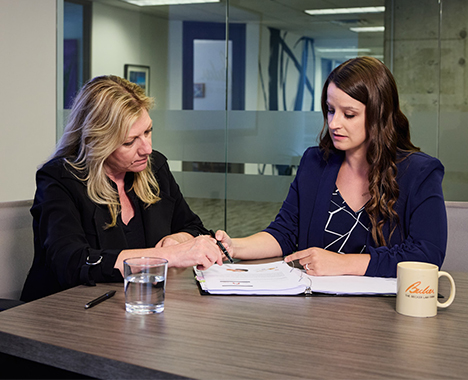Schedule a Consultation
216-621-3000Schedule a Consultation
216-621-3000
Well, perhaps it is overstating a bit to call it a robot—it looks more like a CPR doll. However, named Noelle and donated to Kettering University by Genesys Medical Center, it is hoped that eventually, the robot will be able to help future doctors react appropriately to medical emergencies, including those involving shoulder dystocia.
The robot will have blinking eyelids, veins, and will mimic respiration. Right now, engineering students are using it to better understand the birthing process and to create tools to help doctors. One student group created a tool to help physicians reenact and understand shoulder dystocia, an emergency where the baby’s shoulder becomes lodged behind the mother’s pubic bone. If the baby is not delivered quickly, he/she will lose valuable oxygen. Delivered incorrectly, the baby could die, or could have lifelong nerve damage.
The robot will help intertwine the worlds of medicine and engineering—in this modern age, so much medicine is practiced using tools developed by engineers. Both professions are needed to solve new and old problems, by working together.
Shoulder dystocia is what we like to call an “expected medical emergency.” In just about every shoulder dystocia lawsuit we’ve filed, one defense asserted by the insurance company is that the problem happened quickly, and the doctor had only seconds to react in order to prevent brain damage. Taken as true, injured nerves and the resulting arm injuries are certainly preferable to brain damage. However, shoulder dystocia happens with enough frequency, almost 1% of all births, that most obstetricians will encounter it several times during the course of their careers. As such, they should know how to deal with it quickly and appropriately.
Noelle the robot has limited use as a training tool—doctors cannot attempt a delivery, face the problem, and then go through the techniques and maneuvers to rectify the problem. However, it can help them to understand the way shoulder dystocia occurs, and the mechanical cause of the problem. Perhaps someday our robots will be lifelike enough to permit representative practice of medicine.
If you have questions about a shoulder dystocia injury, or want to know whether your doctors should have done more to prevent this type of injury, contact our medical malpractice attorneys at (440) 252-4399 or online for a free consultation.

